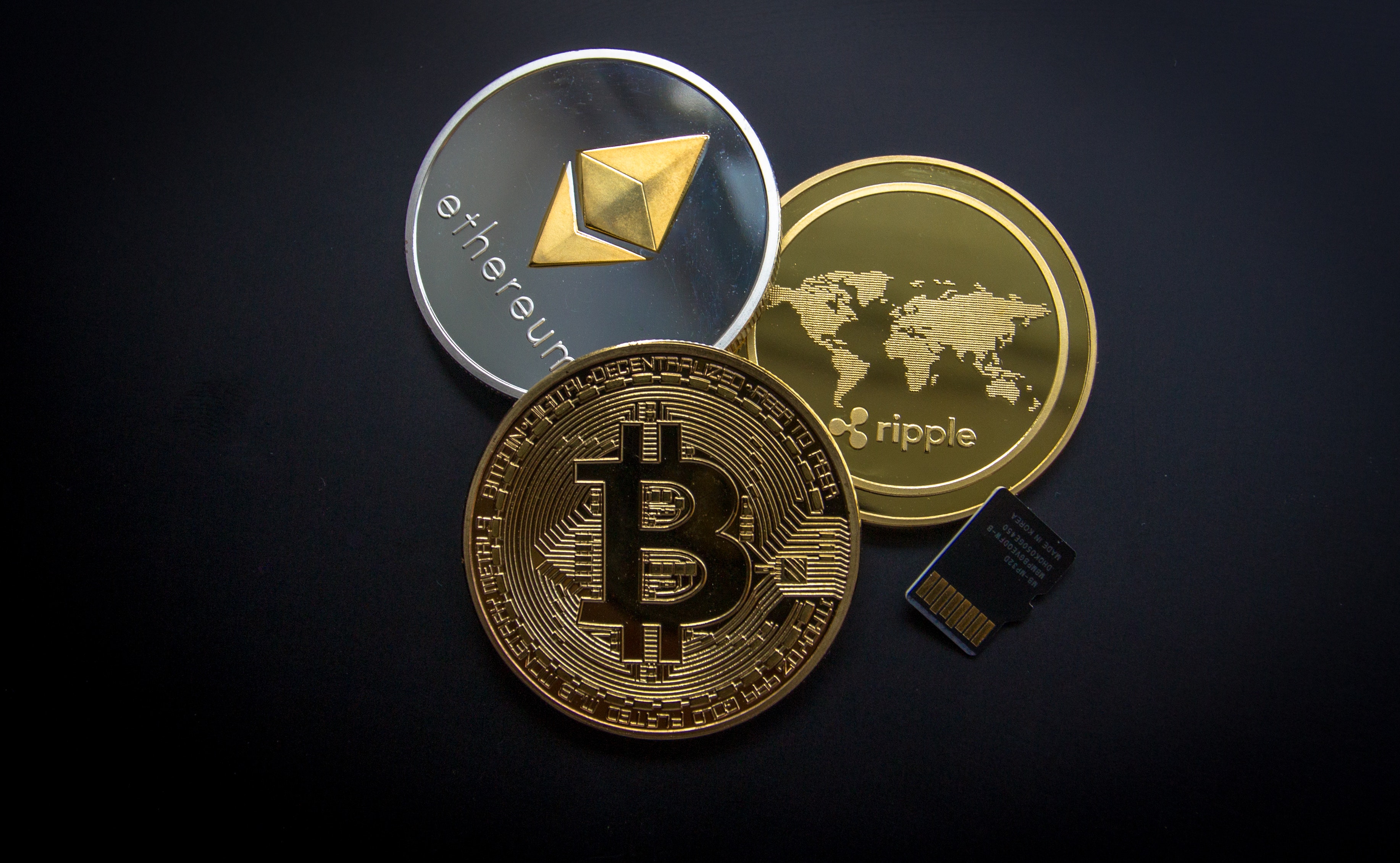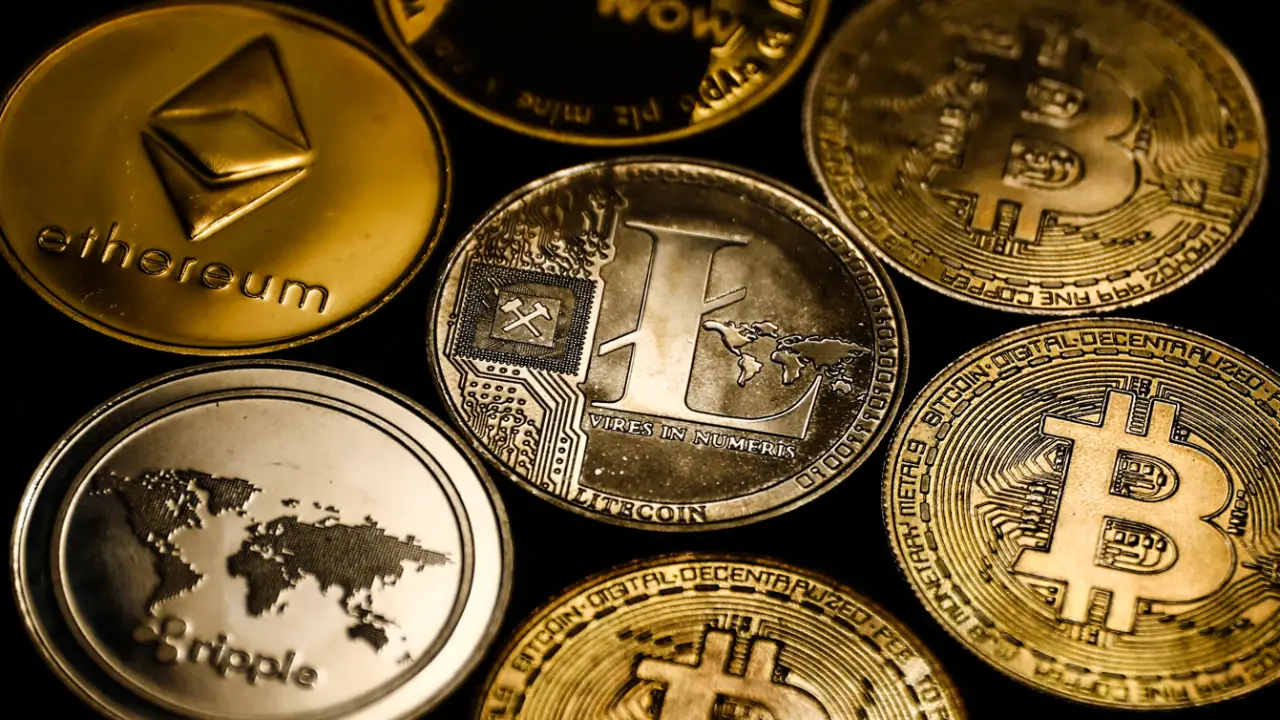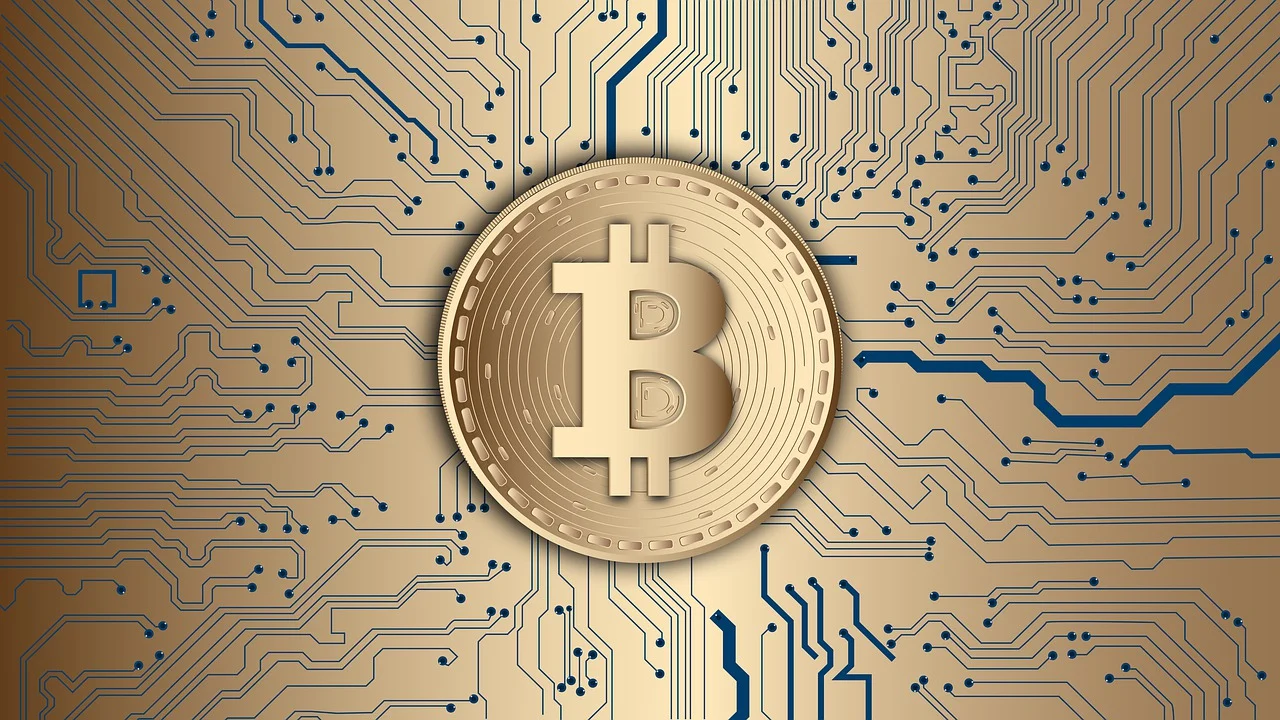SushiSwap : Home 🍣

Introduction
SushiSwap is a decentralized exchange (DEX) and cryptocurrency token that operates on various blockchain networks, including Ethereum, Solana, Avalanche, Binance Smart Chain, Polygon, Terra, Celo, Harmony, Fantom, and xDai [2]. It was launched in August 2020 and has gained significant popularity in the decentralized finance (DeFi) space.

What is SushiSwap?
SushiSwap is an automated market maker (AMM) based on the code of another popular DEX called Uniswap [3]. As an AMM, SushiSwap allows users to trade cryptocurrencies directly with each other without the need for intermediaries or centralized authorities. The exchange sets prices using mathematical formulas and executes trades through smart contracts.
How does SushiSwap work?
SushiSwap operates through liquidity pools, which are large pools of funds provided by users. These users lend their cryptocurrencies to the pools and receive rewards in the form of SushiSwap tokens (SUSHI) [3]. These tokens can be staked to earn a portion of the transaction fees generated on the platform, known as gas fees.

Key Features of SushiSwap
- Liquidity Provision: Users can provide liquidity to the SushiSwap platform by depositing their cryptocurrencies into liquidity pools. In return, they receive liquidity provider (LP) tokens, which represent their share of the pool.
- Yield Farming: SushiSwap offers yield farming opportunities, allowing users to earn additional rewards by staking their LP tokens or SUSHI tokens in specific farming pools.
- Governance: SushiSwap token holders can participate in the platform's governance by voting on proposals and decisions related to the protocol's development and management.
- Tokenomics: SUSHI tokens have a maximum supply of 250 million, with a portion allocated to the community, development, and liquidity incentives. The token can be traded on various exchanges and is used for governance and staking purposes.
SushiSwap vs. Uniswap
SushiSwap was initially created as a fork of Uniswap, but it has introduced some key differences in its fee structure and rewards system [3]. While Uniswap has different fee levels based on the type of trading pair, SushiSwap charges a flat fee of 0.3% for all trades. Additionally, SushiSwap offers additional rewards for staking newer tokens, incentivizing liquidity providers.
The History and Future of SushiSwap
SushiSwap gained attention through a "vampire attack" strategy, where it incentivized users to switch from Uniswap by offering higher rewards [3]. However, it faced controversy when the original developer, Chef Nomi, performed a rug pull by taking funds from the project. The community reacted strongly, but the funds were eventually returned.
The future of SushiSwap depends on its ability to maintain its position as a leading DEX and expand its offerings. As the decentralized exchange industry evolves, SushiSwap may face competition from other projects or potential integration with larger platforms.

Conclusion:
SushiSwap has emerged as a dynamic and community-driven DeFi platform, revolutionizing liquidity provision and yield farming. With its focus on community governance, incentivized participation, and innovative features like Kashi, SushiSwap has established itself as a prominent player in the DeFi ecosystem. By empowering users to actively contribute to the platform's development and providing lucrative opportunities for liquidity provision, SushiSwap fosters a vibrant and engaged community. As SushiSwap continues to evolve and expand, it holds the potential to reshape the way we interact with decentralized exchanges and further drive the mainstream adoption of decentralized finance.
*** Disclaimer :-This website contains information that only educates people. We never guarantee the correctness of any piece of data given on this site. Our motive is not to promote, suggest or recommend anything to anyone. ***
